Cold Brew Tea: The Soul of Summer
A summer without cold brew tea is a summer without soul. Cold brew tea, with its refreshing taste and simple brewing process, is becoming a new way for people to enjoy tea.
In this article, we'll explore cold brew tea in detail. Why are young people so enthusiastic about cold brew tea? Which types of tea are suitable for cold brewing? How do you make it? We'll also discuss the advantages and disadvantages of cold brew tea.

Suitable Teas for Cold Brewing
First, it's important to clarify that cold brew tea is made by steeping tea leaves in cold water, not by cooling down hot-brewed tea. Generally, teas with a lower fermentation level are recommended for cold brewing. These include green tea and white tea. Additionally, black tea and oolong tea are also excellent choices for cold brewing, with oolong tea being particularly popular in tea shops for its rich aroma.
| Tea Type | Varieties | Steep Time | Flavor | Suitable For |
|---|---|---|---|---|
| Green Tea | Longjing, jasmine green tea | 4-6 hours | Fresh and mellow, sweet and brisk, cold | People with urinary retention, heat and thirst, hypertension |
| White Tea |
Silver Needle, White Peony, tribute-eyebrow Not recommended old white tea |
4-6 hours | Pure and elegant, cool | People with weak immunity, stomach discomfort, calcium and iron deficiency |
| Black Tea | Ceylon (highly aromatic foreign black teas), Jiuqu Hongmei, Jin Jun Mei | 6-8 hours | Warm and sweet, mellow, warm | People resisting aging, with cold spleen and stomach, and needing to regulate the stomach |
| Oolong Tea | Oriental Beauty, Zhangping Narcissus, Phoenix Single Bush | 6-8 hours | Fragrant and rich, neutral | People who are obese, greasy, have indigestion, or are mentally unwell |
It's important to note that Pu-erh tea is not typically suitable for cold brewing. Due to its unique fermentation process and strong, earthy flavor, Pu-erh tea requires hot water to fully release its flavors and beneficial compounds. Cold brewing Pu-erh tea may result in a flat and less enjoyable taste.
How to Make Cold Brew Tea
Cold brew tea is a simple yet refreshing way to enjoy tea, and it's important to get the steeping time just right.
Regular Cold Brew Method
Here's a simple method for making cold brew tea, perfect for home or outdoor activities. It's easy to prepare and portable, allowing you to enjoy refreshing cold brew tea anytime.
Ingredients:
- 500 ml of mineral water
- 3 grams of tea leaves (adjust based on personal taste)
Instructions:
- Add Tea Leaves: Place 3 grams of tea leaves into a 500 ml bottle of mineral water. You can adjust the amount of tea leaves based on your taste preferences.
- Mix: Gently shake the bottle to mix the tea leaves with the water.
- Refrigerate: Place the bottle in the refrigerator and let it steep for 3 to 8 hours, depending on your desired strength. A shorter steeping time will yield a milder flavor, while a longer steeping time will produce a stronger taste.
- Enjoy: Once the tea has steeped, it’s ready to drink. You can enjoy it directly from the bottle or pour it into a glass with ice.
Ice-Melt Cold Brew Method
The ice-melt cold brew method offers a visually stunning and enjoyable way to make cold brew tea. This method is perfect for family gatherings, providing both a refreshing beverage and an engaging visual experience.
Ingredients:
- Ice cubes
- 3 grams of tea leaves (adjust based on personal taste)
Instructions:
- Add Ice and Tea Leaves: Place a generous amount of ice cubes in a glass or pitcher. Add 3 grams of tea leaves on top of the ice. Adjust the amount of tea leaves based on your personal taste preferences.
- Wait for the Ice to Melt: Allow the ice to melt naturally at room temperature. This process may take several hours.
- Filter the Tea: Once the ice has completely melted, filter out the tea leaves to obtain the tea infusion.
- Enjoy: Your cold brew tea is now ready to enjoy. Pour it into a glass and savor the refreshing taste.
Why Cold Brew Tea is Popular Among Young People
Reduced Caffeine
Cold brew tea can lower the caffeine content in tea. Caffeine dissolves quickly in hot water, especially above 80°C, but it dissolves much more slowly in cold water. Therefore, cold brewing tea reduces the bitterness and the release of tannins and caffeine. This not only improves the taste but also reduces the irritation to the stomach, which is especially beneficial for those with sensitive stomachs. For people who are sensitive to caffeine or worried about tea affecting their sleep, cold brew tea is a better choice.
Less Bitterness, More Sweetness
During the cold brewing process, fewer bitter substances like caffeine and tannins dissolve, while amino acids, which provide a fresh and sweet flavor, are more easily extracted. As a result, cold brew tea has a sweeter taste, which is more appealing to young people.
High Antioxidant Activity
Cold brew tea retains more of the tea's nutrients, such as catechins and polyphenols. Cold brewing avoids the damage to the tea leaves' cell structure caused by hot water, preserving polyphenols, catechins, and antioxidants more effectively. Consequently, cold brew tea has higher antioxidant activity.
Avoids Risks of Drinking Hot Tea
Cold brew tea also avoids the risks associated with drinking hot tea. According to the World Health Organization, water and food over 65°C are classified as Group 2A carcinogens, which may pose a cancer risk. Our esophageal mucosa is fragile, and frequently drinking hot tea or other hot beverages can repeatedly scald the esophagus, increasing the risk of esophageal cancer over time.

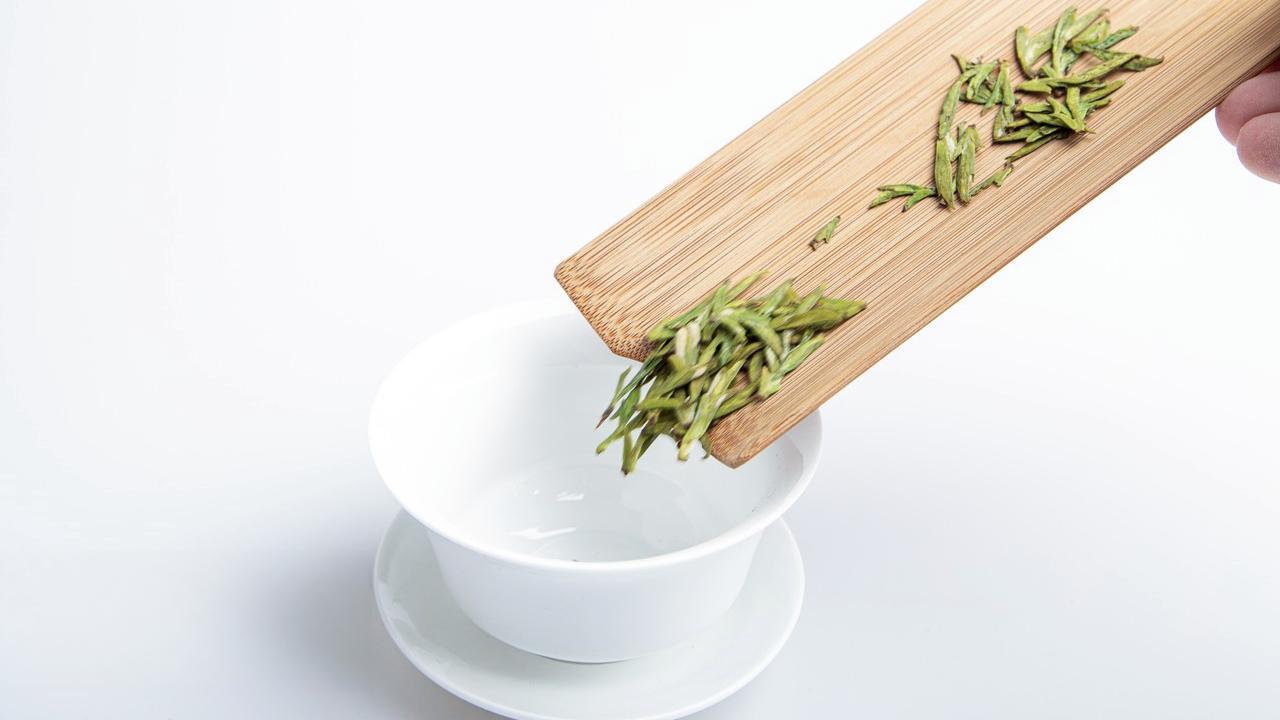
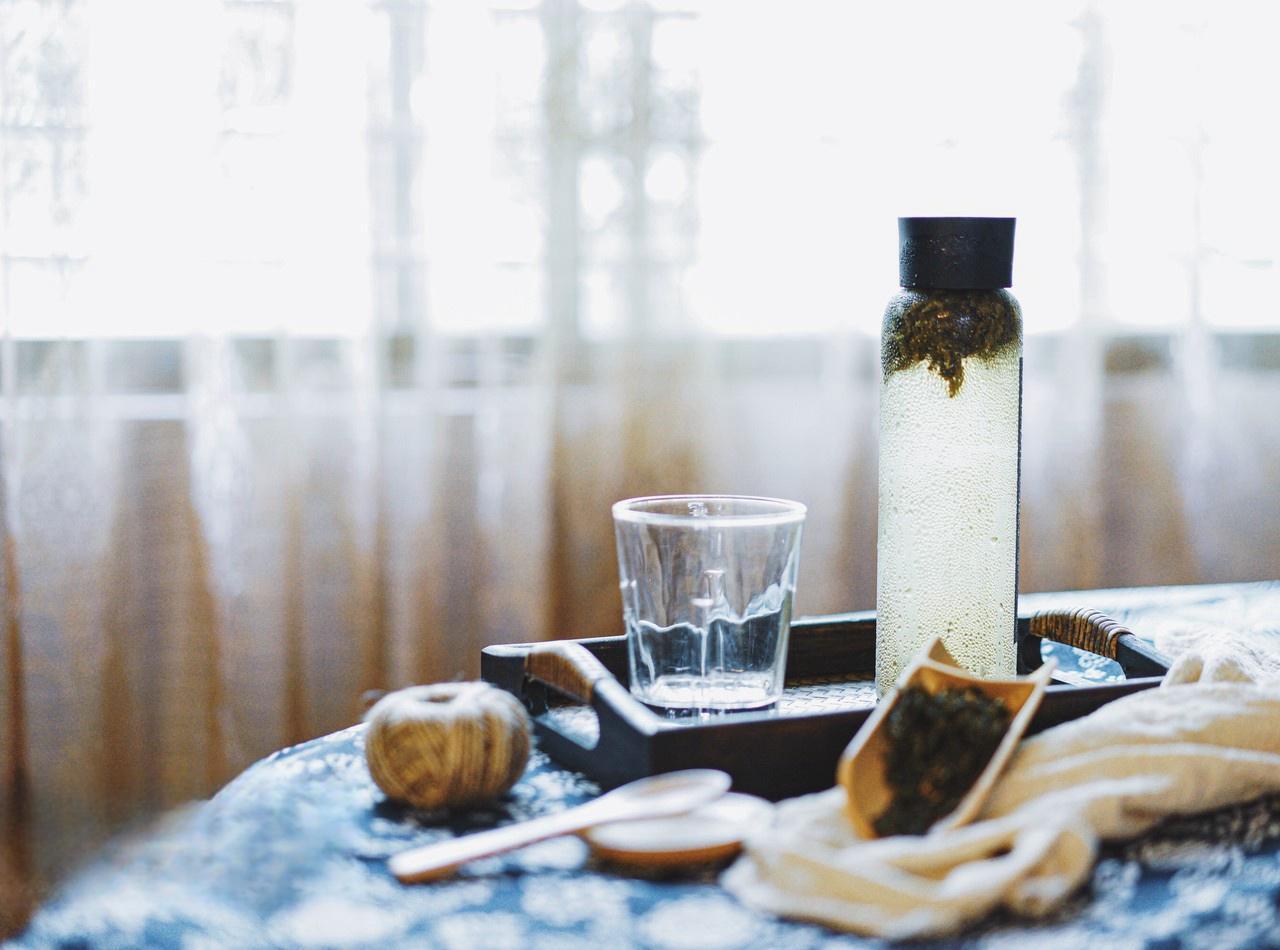
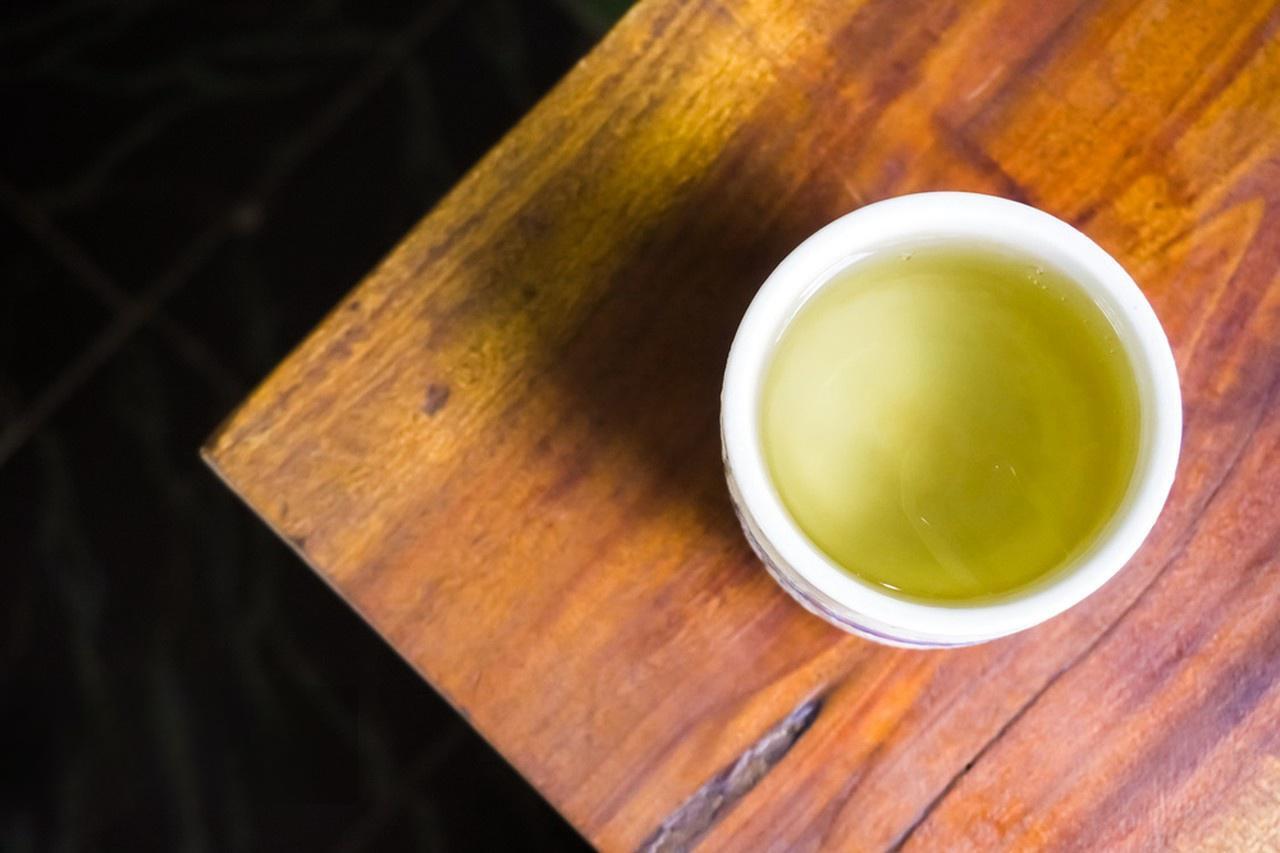
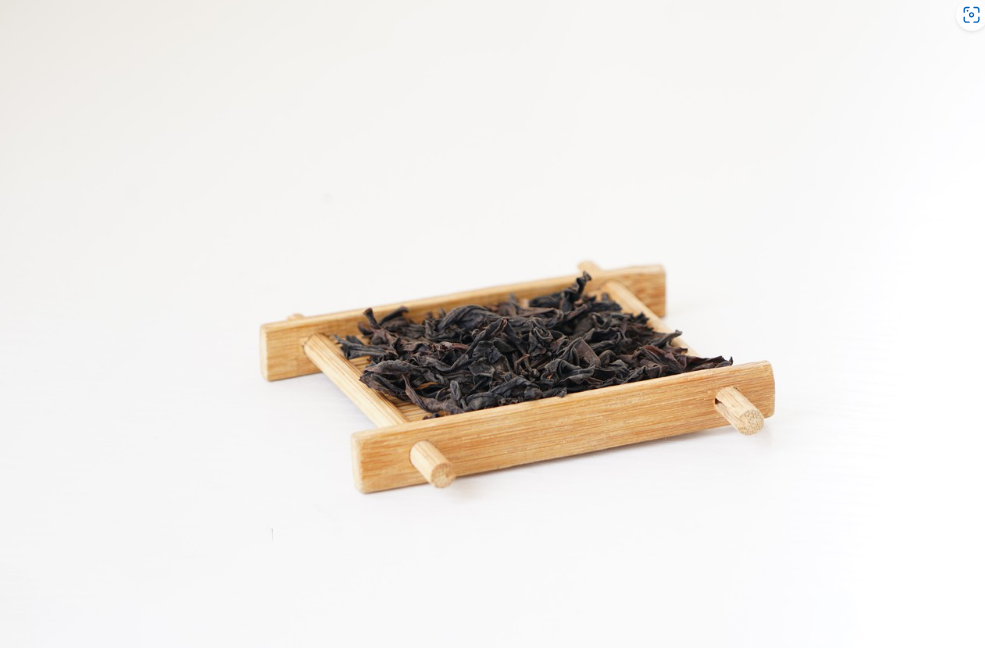
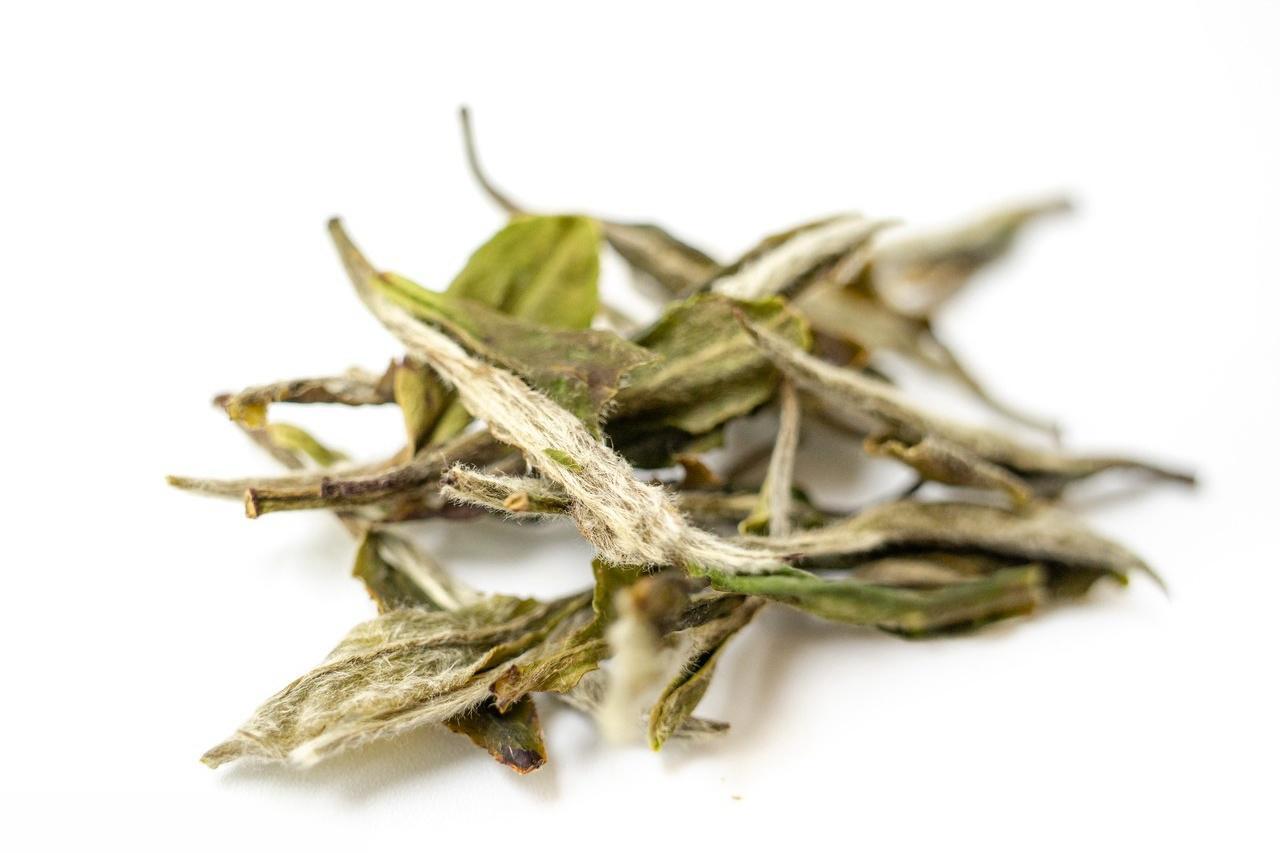
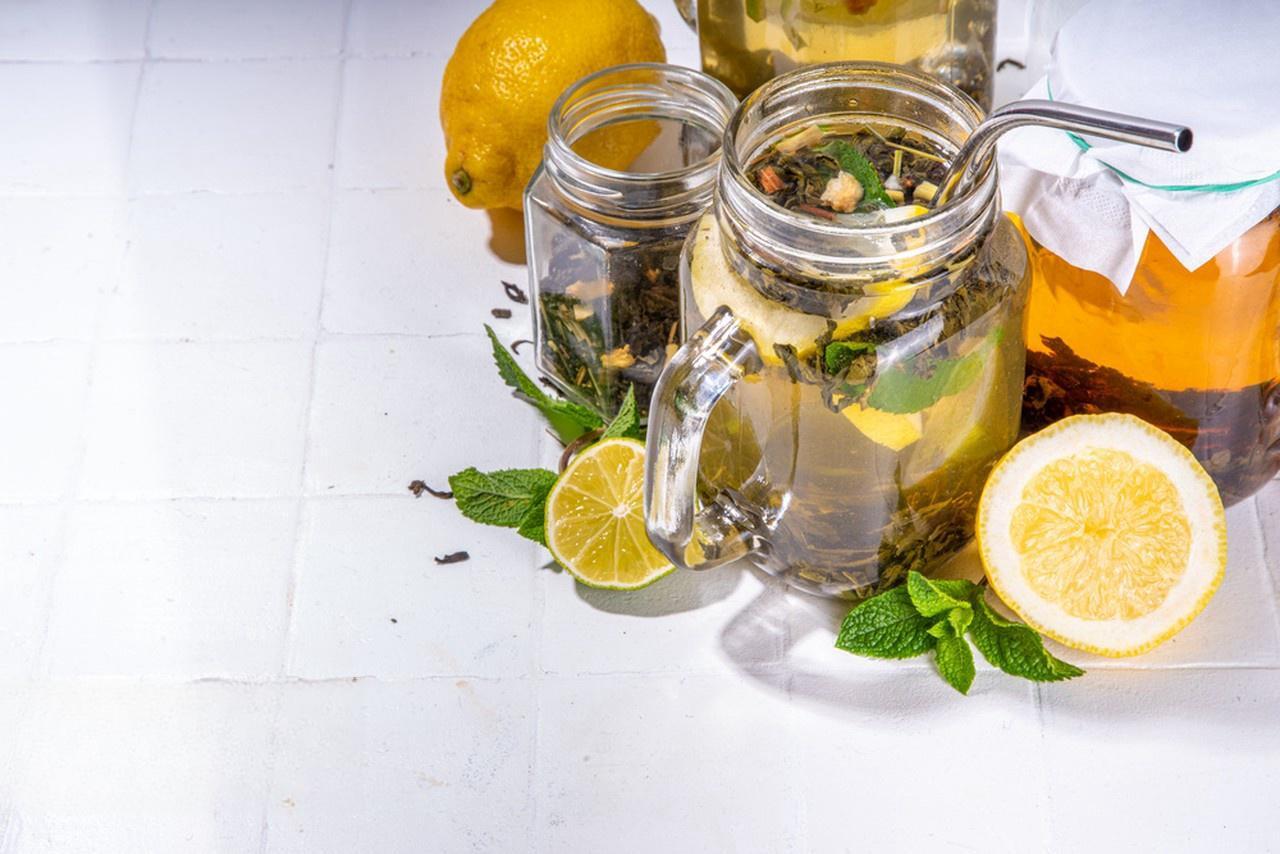

Leave a comment
All comments are moderated before being published.
This site is protected by hCaptcha and the hCaptcha Privacy Policy and Terms of Service apply.